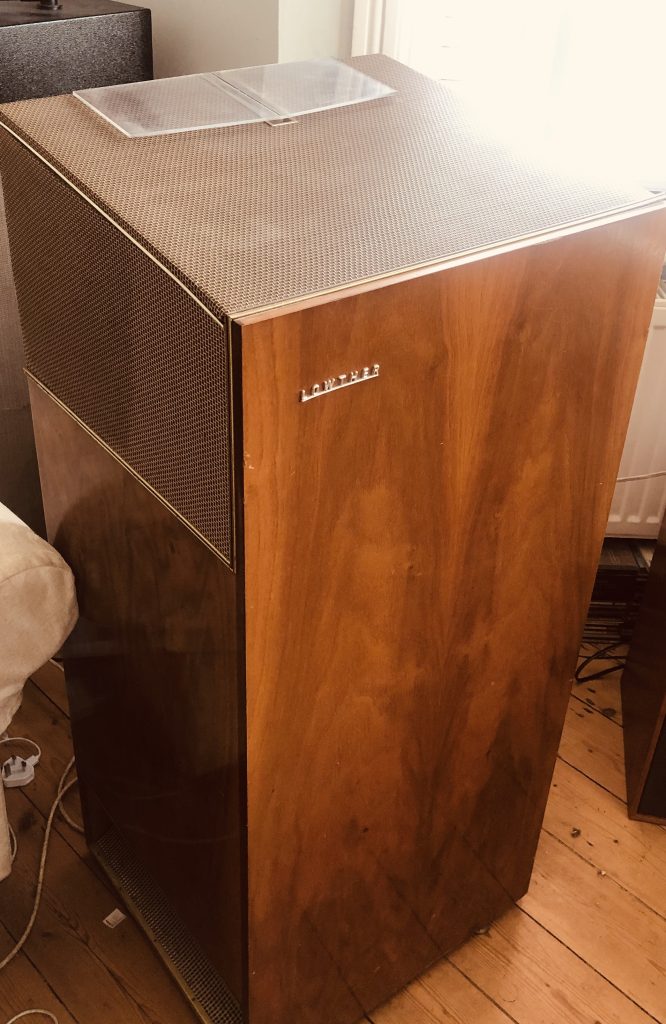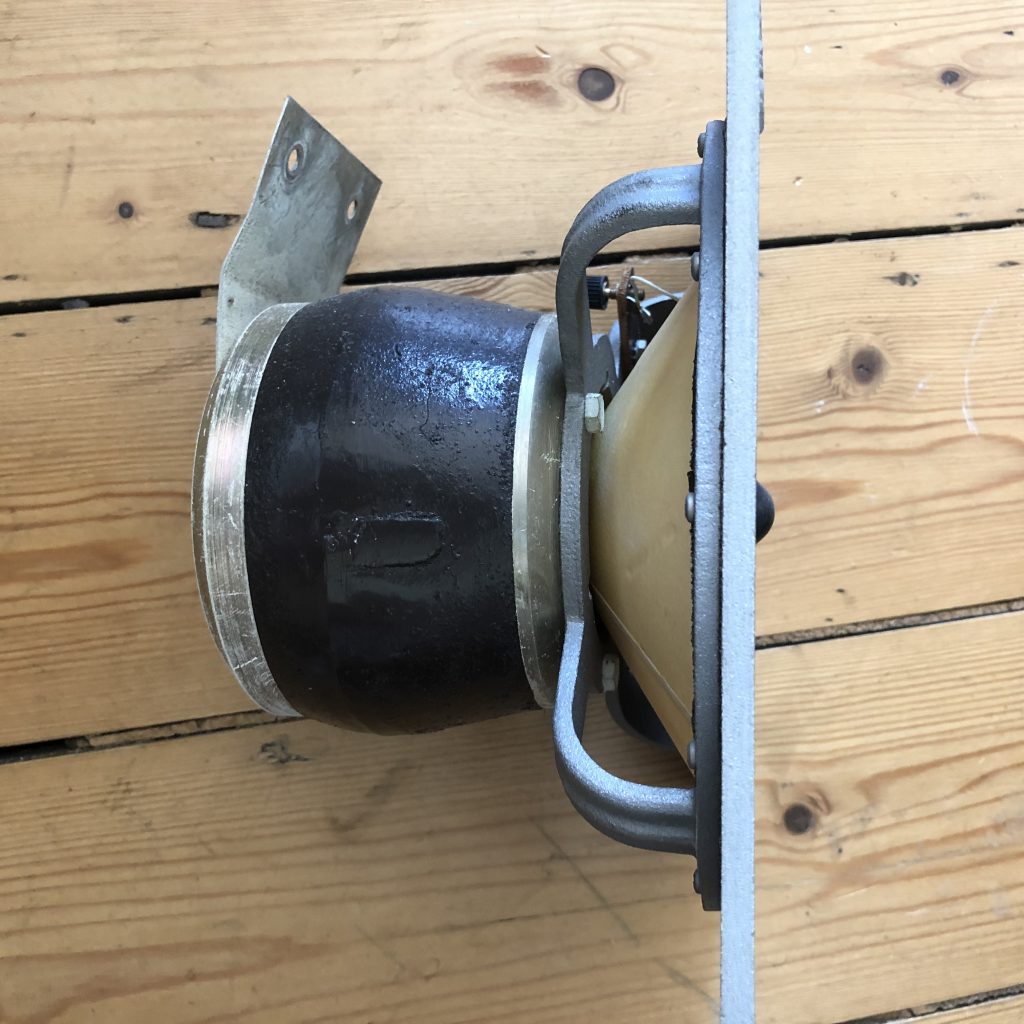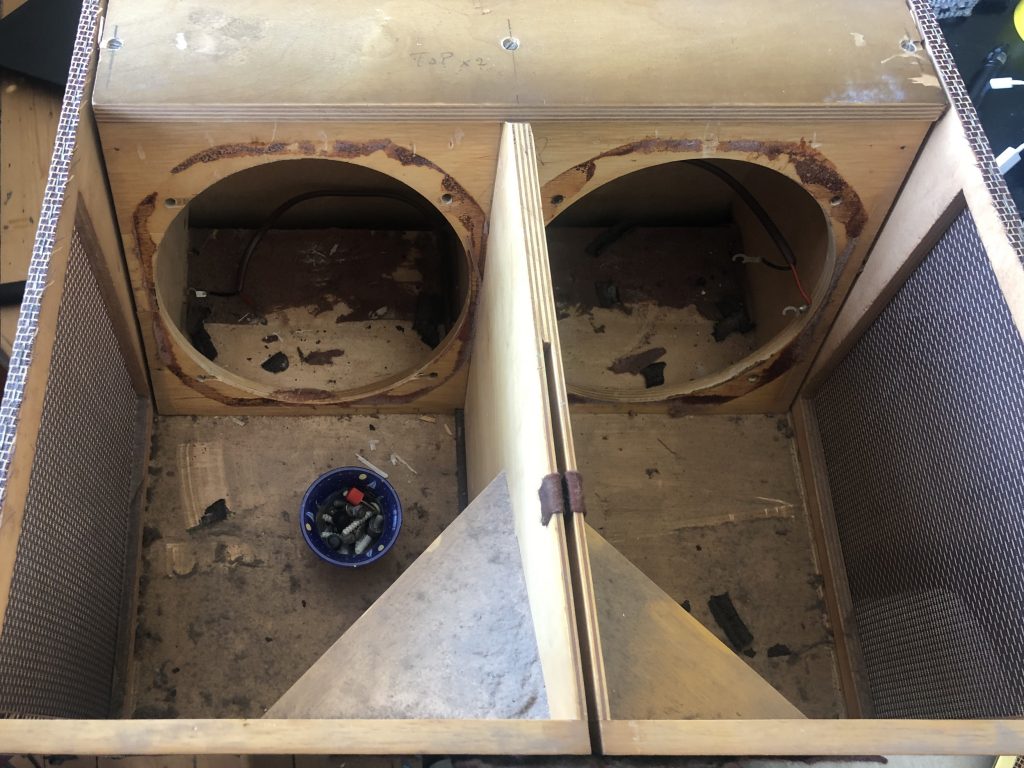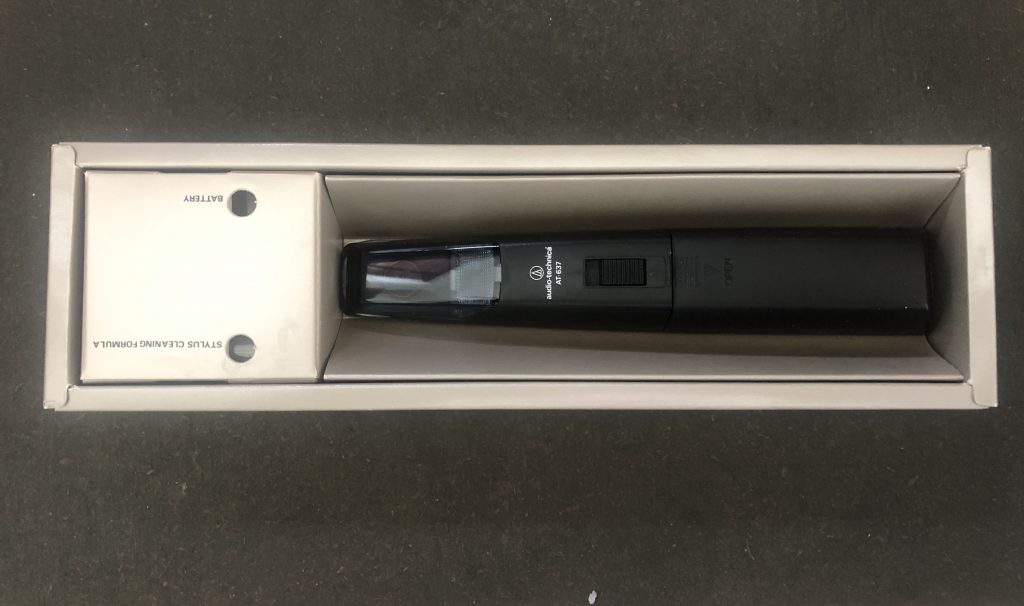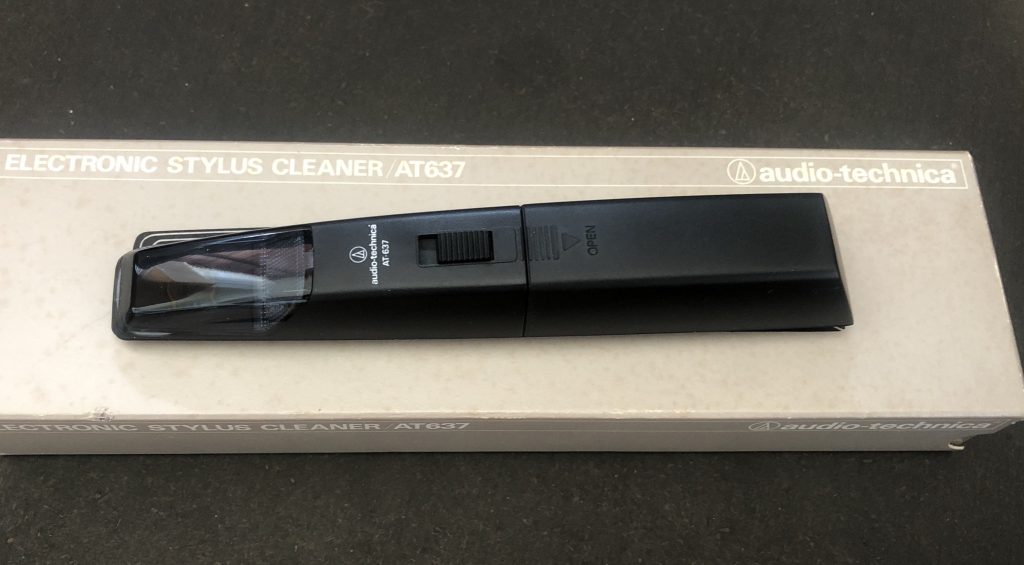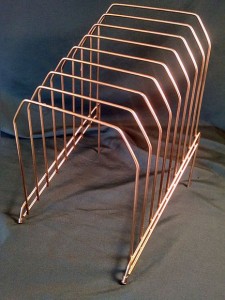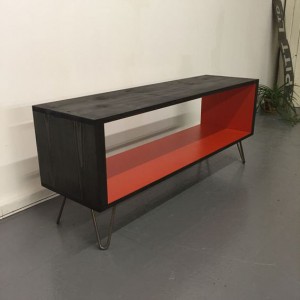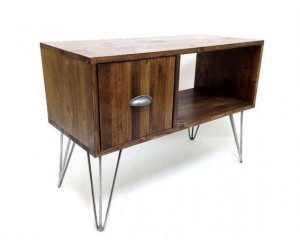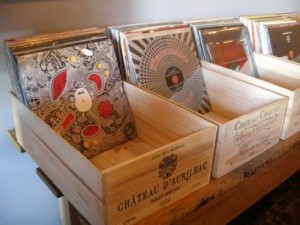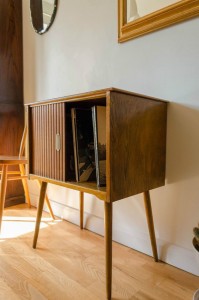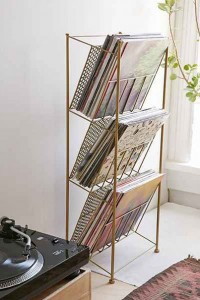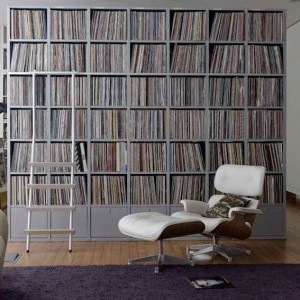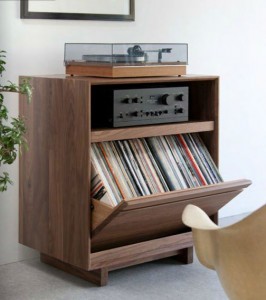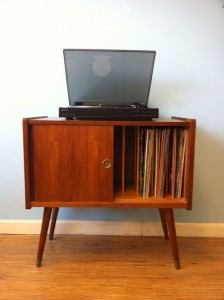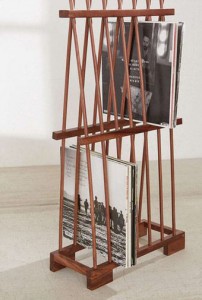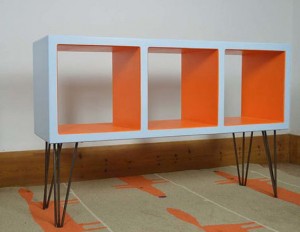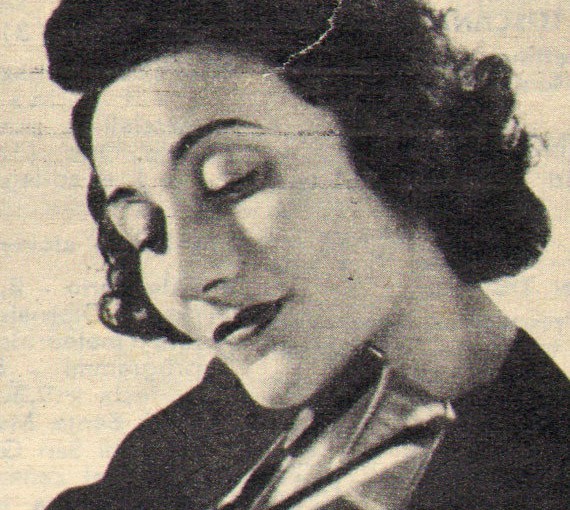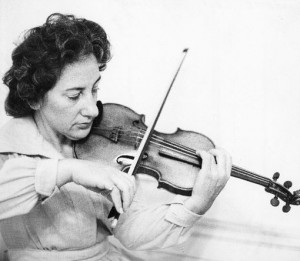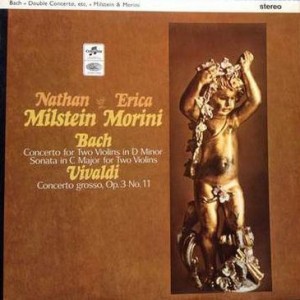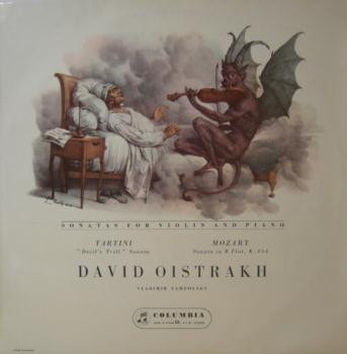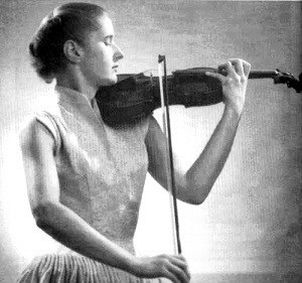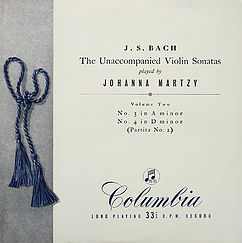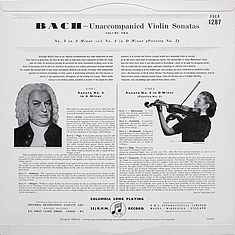Ginette Neveu was a French violinist who achieved international success at a very young age. She was born on August 11, 1919, in Paris, France. Her father, Henri Neveu, was a composer and conductor, and her mother, Jany Lefebvre, was a pianist. Ginette was the youngest of three children, and music was an integral part of the household.
At the age of five, Ginette began violin lessons with Marcel Chailley, and by eight, she began studying with Jules Boucherit at the Paris Conservatory. At the age of 11, she won first prize in the conservatory’s violin competition. She made her concert debut at the age of 13 with the Colonne Orchestra in Paris, performing the Mendelssohn Violin Concerto.
Her talent was noticed by some of the leading musicians of the day, including Pablo Casals and Jacques Thibaud, who invited her to play with them. At age 16, she won the Henryk Wieniawski Violin Competition in Warsaw, Poland, and went on to perform in some of the most prestigious concert halls in Europe.
In 1939, Ginette made her American debut with the Boston Symphony Orchestra, and her performance was widely praised. She was invited to perform with many of the major symphony orchestras in the United States, including the New York Philharmonic and the Chicago Symphony Orchestra.
During World War II, Ginette continued to perform and record, despite the dangers posed by the German occupation of France. She made her last recording in September 1940, just before she and her brother Jean were killed in a plane crash while traveling to Paris from Lisbon. Ginette Neveu was only 30 years old at the time of her death.
Ginette Neveu’s playing was praised for its technical brilliance, purity of tone, and emotional depth. She was known for her interpretations of works by composers such as Beethoven, Brahms, and Sibelius. Her legacy continues to inspire violinists around the world, and her recordings remain popular with music lovers everywhere.
Ginnette Neveu recordings
1. Bach: Concerto for Violin and Orchestra in E Major, BWV 1042; Sonata for Violin Solo No. 2 in A Minor, BWV 1003; and Partita for Violin Solo No. 2 in D Minor, BWV 1004 – recorded in 1949 with conductor Eugène Bigot and pianist Jean Neveu.
2. Beethoven: Violin Concerto in D Major, Op. 61 – recorded in 1948 with conductor Roger Désormière and the Philharmonia Orchestra of London.
3. Brahms: Violin Concerto in D Major, Op. 77 – recorded in 1947 with conductor Issay Dobrowen and the London Philharmonic Orchestra.
4. Paganini: Violin Concerto No. 1 in D Major, Op. 6 – recorded in 1948 with conductor Issay Dobrowen and the London Symphony Orchestra.
5. Sibelius: Violin Concerto in D Minor, Op. 47 – recorded in 1949 with conductor Hans Schmidt-Isserstedt and the Philharmonia Orchestra of London.
6. Tchaikovsky: Violin Concerto in D Major, Op. 35 – recorded in 1946 with conductor Issay Dobrowen and the London Philharmonic Orchestra.
7. Vivaldi: The Four Seasons – recorded in 1946 with conductor Issay Dobrowen and the London Philharmonic Orchestra.
8. Saint-Saëns: Violin Concerto No. 3 in B Minor, Op. 61 – recorded in 1949 with conductor Hans Schmidt-Isserstedt and the Philharmonia Orchestra of London.
9. Debussy: Sonata for Violin and Piano in G Minor – recorded in 1949 with pianist Jean Neveu.
10. Franck: Sonata for Violin and Piano in A Major – recorded in 1949 with pianist Jean Neveu.
11. Ravel: Tzigane for Violin and Orchestra – recorded in 1949 with conductor Hans Schmidt-Isserstedt and the Philharmonia Orchestra of London.
12. Mozart: Violin Concerto No. 4 in D Major, K. 218 – recorded in 1949 with conductor Hans Schmidt-Isserstedt and the Philharmonia Orchestra of London.
13. Mendelssohn: Violin Concerto in E Minor, Op. 64 – recorded in 1946 with conductor Issay Dobrowen and the London Symphony Orchestra.

